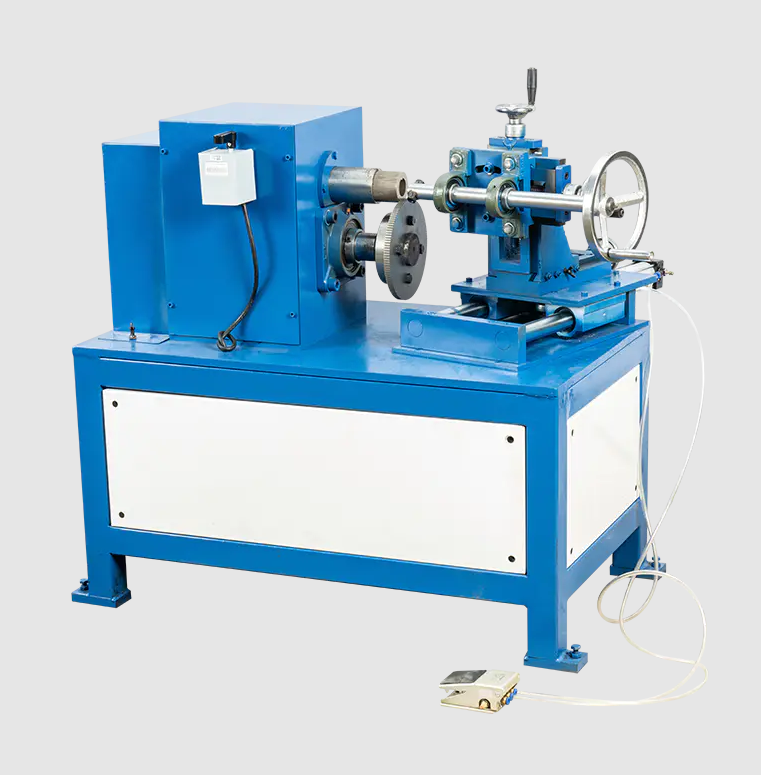The level of automation in modern brush making machinery has significantly evolved over the past few decades, driven by increasing demand for consistent product quality, reduced labor costs, and faster production cycles. While traditional brush production relied heavily on manual labor, contemporary machines are now equipped with sophisticated systems that enable much more automation, allowing manufacturers to streamline operations with minimal human intervention. This shift is particularly evident in industries that require high-volume output or intricate brush designs, where precision and consistency are critical.
Most of today’s advanced brush-making systems incorporate features such as automatic feeding, trimming, tufting, and even robotic arm handling. These innovations enable machines to perform various functions in a continuous workflow, which increases efficiency and reduces the potential for human error. The automation does not merely stop at mechanical movement; many machines now come with programmable logic controllers (PLCs) or touchscreen human-machine interfaces (HMIs), allowing operators to input specific brush configurations and switch production parameters with just a few commands. This level of programmability makes it possible to switch between different brush types quickly, reducing downtime and boosting overall productivity.
Additionally, integration with sensor technologies has made brush-making systems more intelligent. Sensors can detect brush position, alignment, and tuft quality, providing real-time feedback and automatically correcting any anomalies. This self-correcting capability is especially valuable in large-scale production, where even minor defects could result in substantial waste or recalls. Furthermore, some brush-making machinery now supports data collection and remote monitoring, enabling manufacturers to track production metrics and perform diagnostics without being on-site.
Despite these advancements, the level of automation can vary depending on the specific model, intended application, and budget. Entry-level machines may still require manual loading or supervision, especially in smaller workshops where full automation is not financially feasible. On the other hand, high-end equipment used in industrial settings is often capable of operating around the clock with minimal oversight, thanks to fully integrated automation systems. These machines not only reduce labor requirements but also maintain consistent output quality over extended periods.
As industries continue to prioritize efficiency and digital integration, the trajectory of brush-making machinery is moving toward even greater levels of automation. Future innovations may include AI-driven production optimization, enhanced robotic coordination, and real-time quality assurance powered by machine vision systems. The goal is to create a seamless, intelligent manufacturing environment that maximizes output, ensures product consistency, and adapts quickly to changing production needs. In this context, automation is not merely a technological upgrade—it is a competitive necessity for manufacturers who aim to stay ahead in a fast-paced global market.
